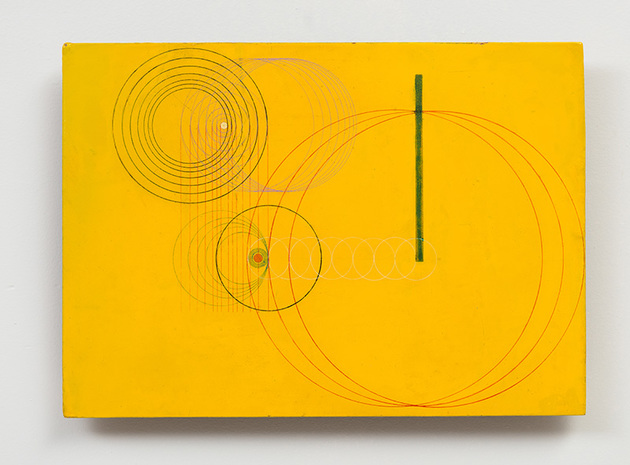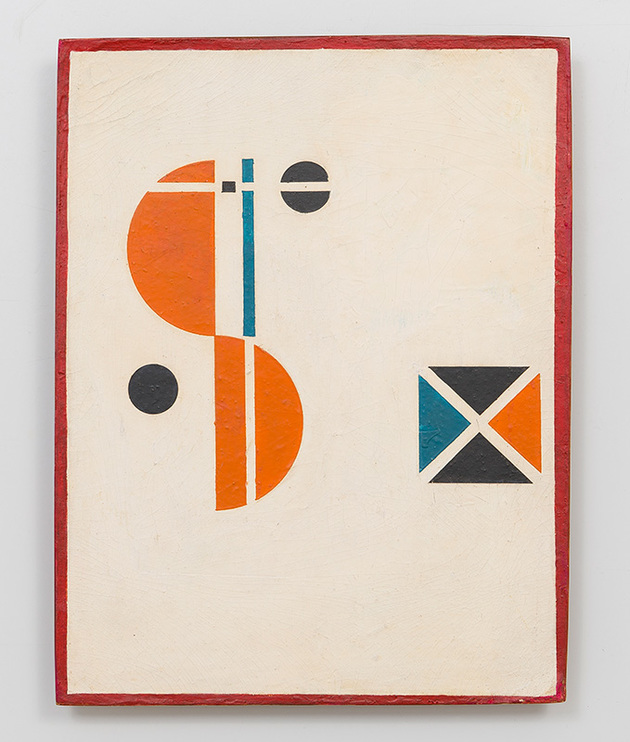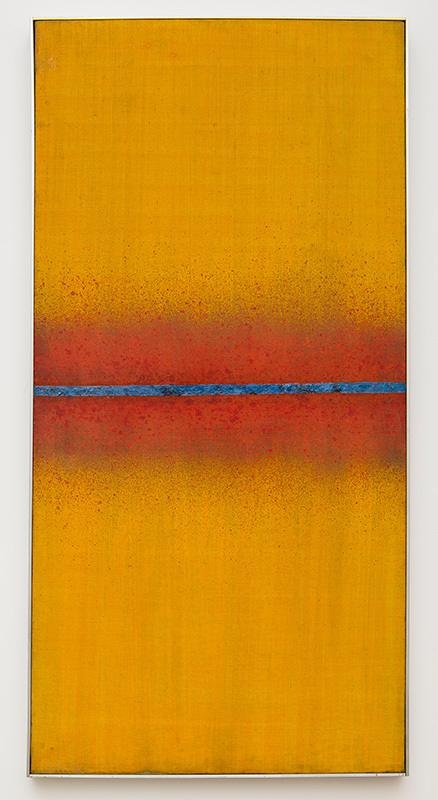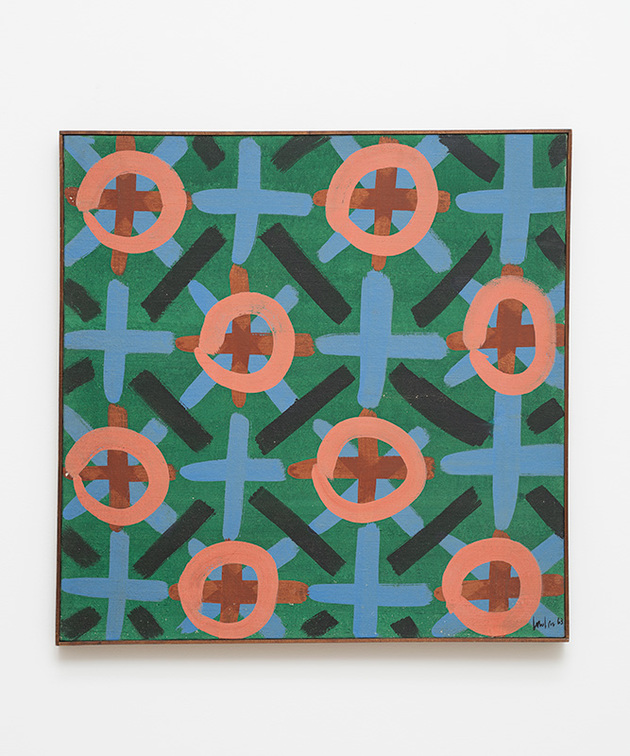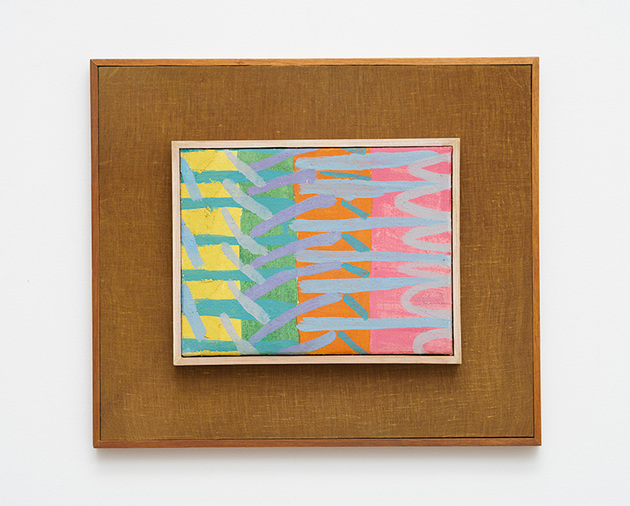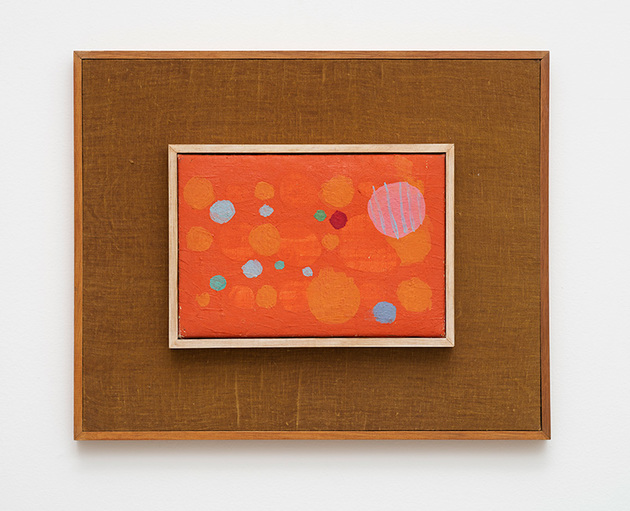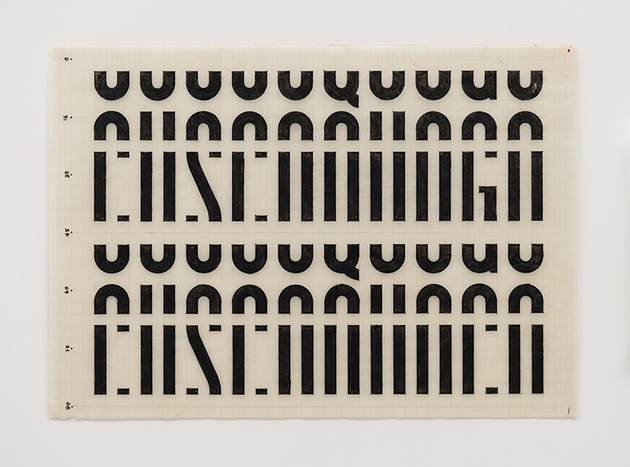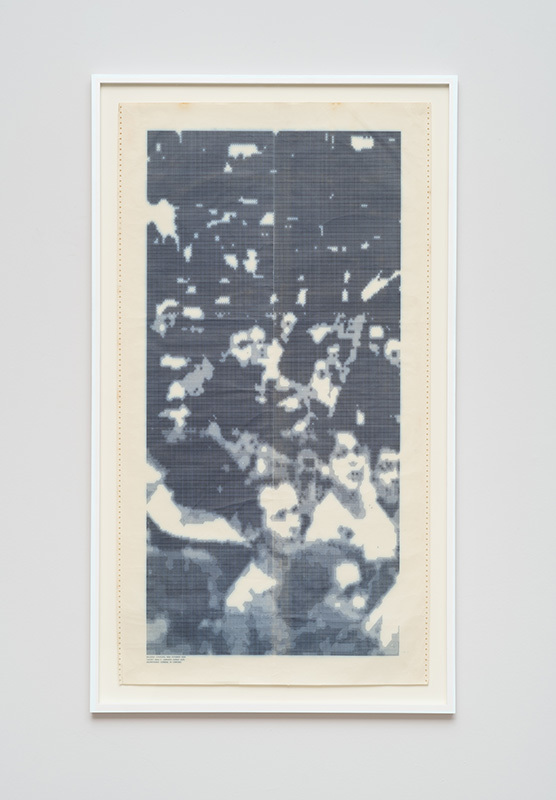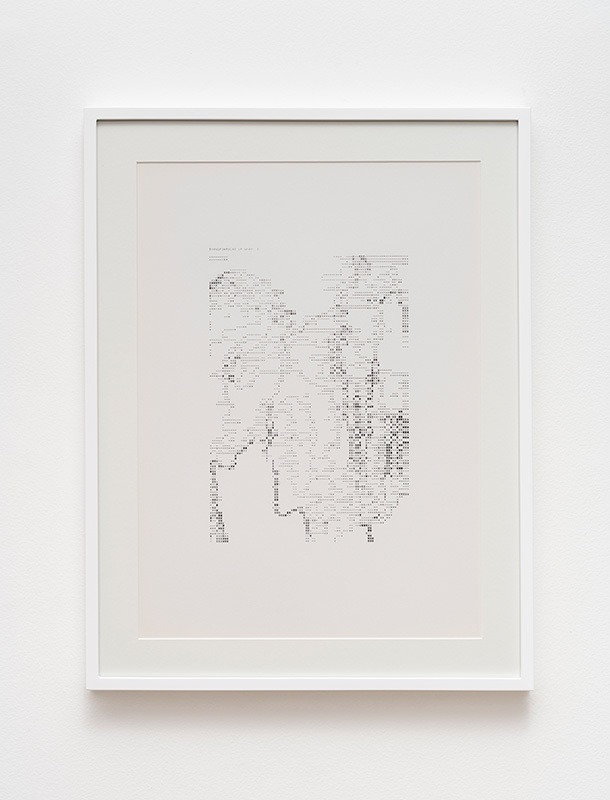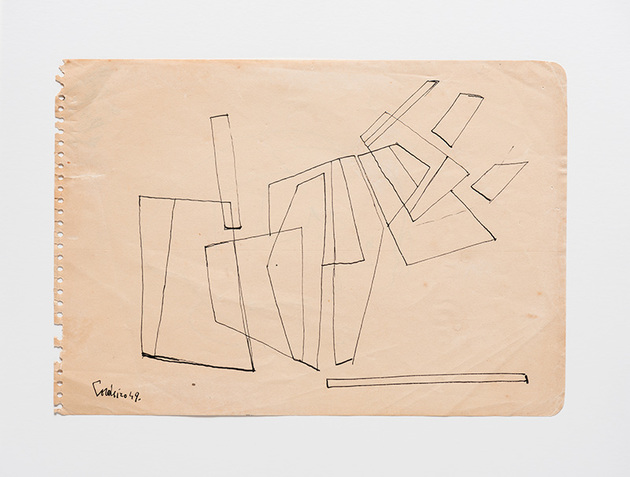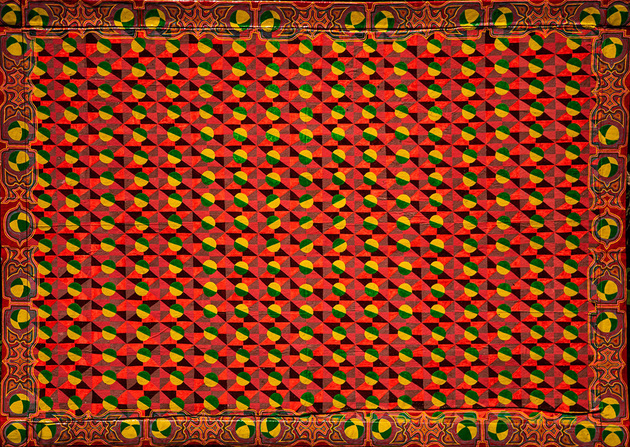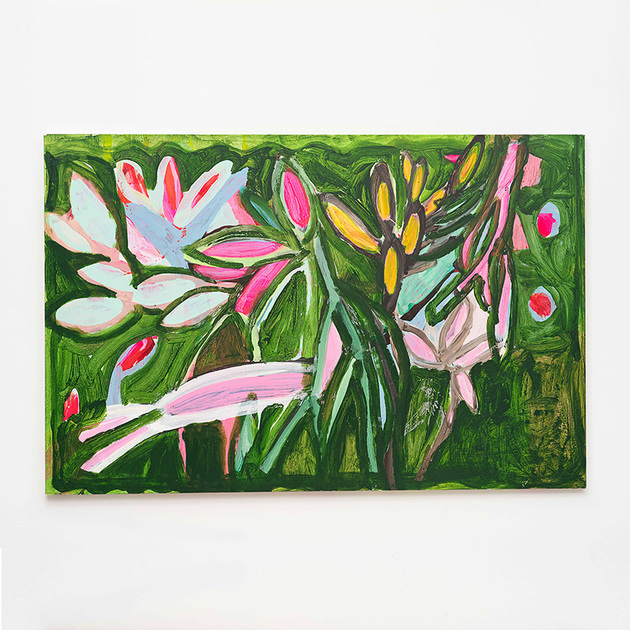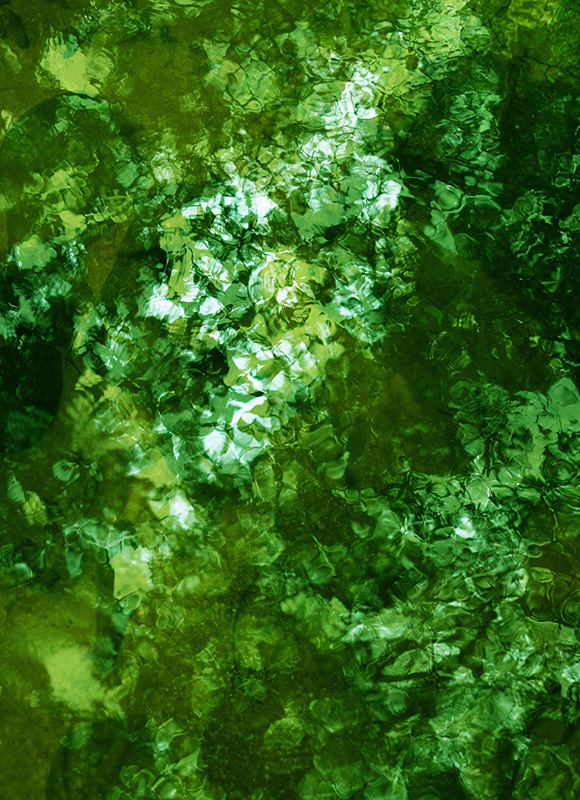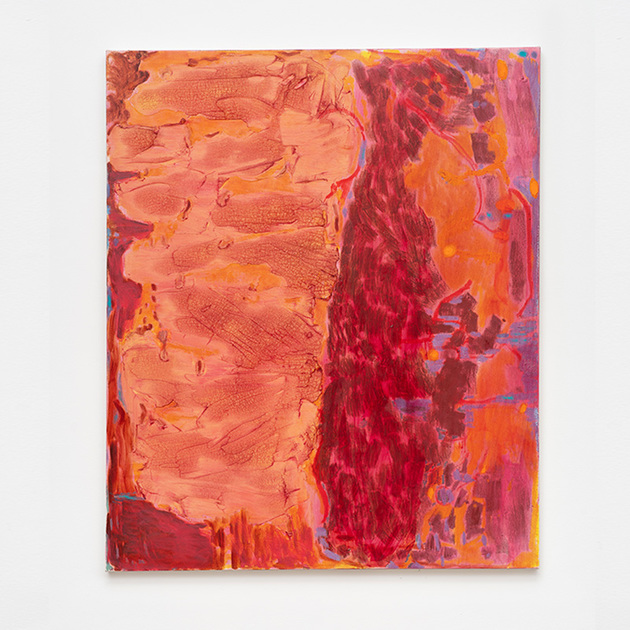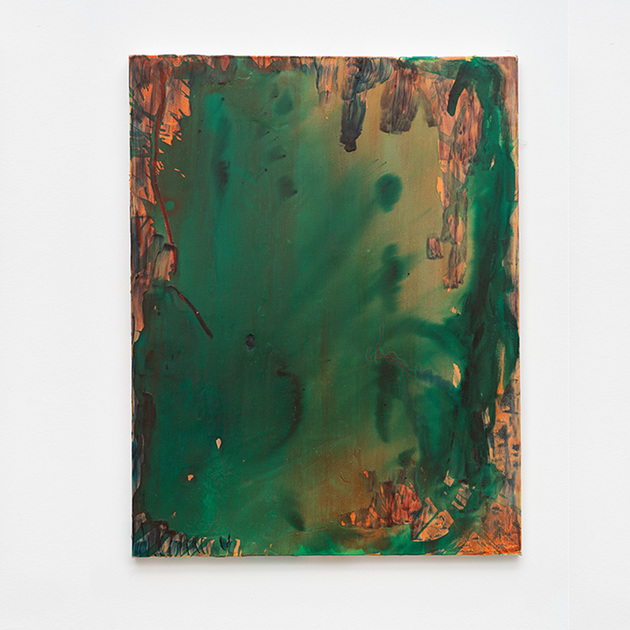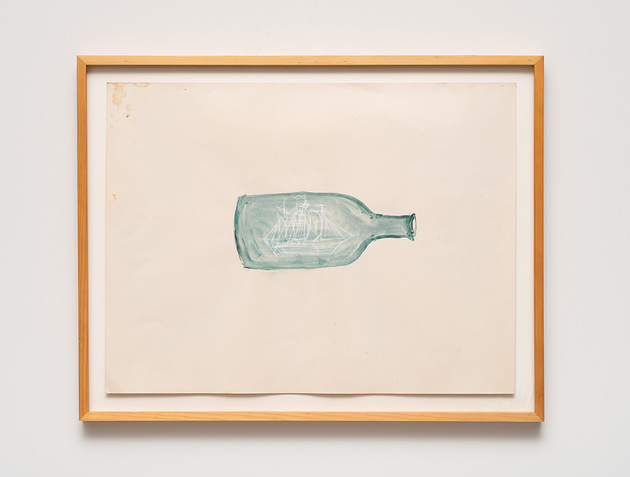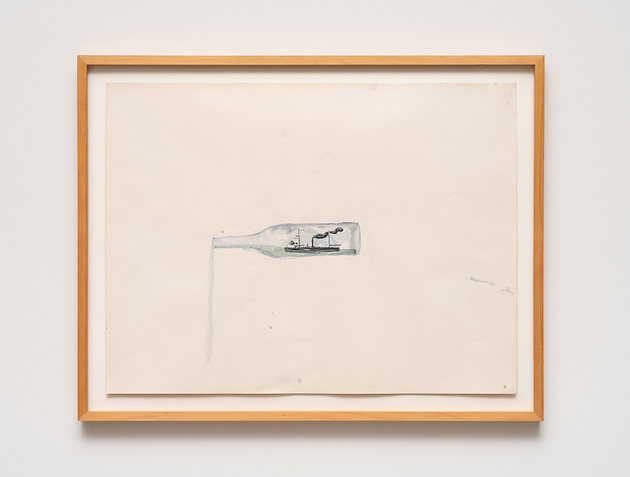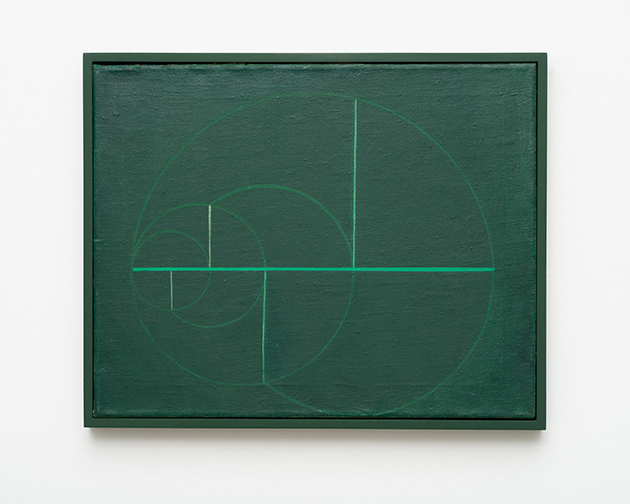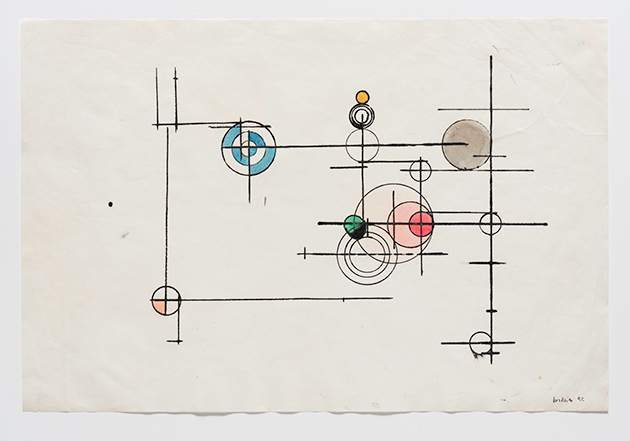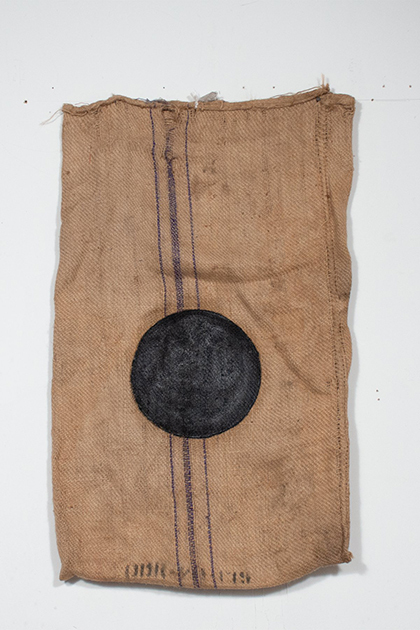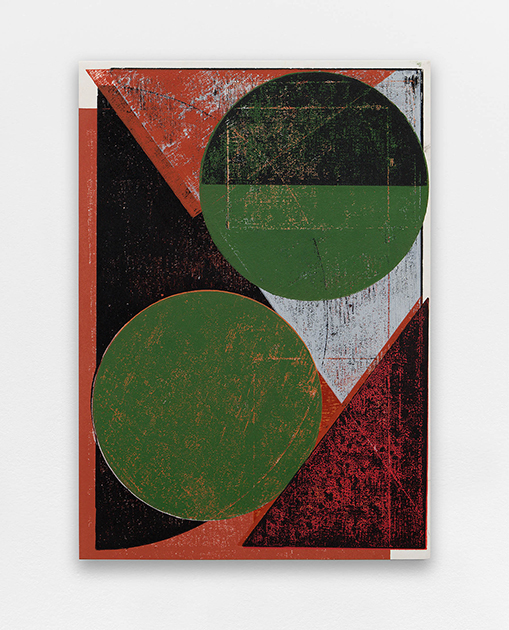Feiras
- TEFAF 2025
-
Em 2025 comemoramos o centenário de Waldemar Cordeiro. Para celebrar seu legado, a Luciana Brito Galeria (São Paulo, Brasil) e a The Mayor Gallery (Londres, UK) apresentam ao público da TEFAF New York um conjunto de obras que abrange as principais fases de sua produção, entre 1949 a 1973. Mais do que ilustrar os conceitos atemporais implementados pelo artista, esses trabalhos refletem sua importância para as transformações das artes visuais universais, a partir dos anos de 1950, sendo atualmente considerado uma das figuras históricas mais importantes da cultura internacional.
Waldemar Cordeiro nasceu na Itália em 1925 e emigrou para o Brasil ainda com 21 anos de idade, onde posicionou-se como um dos artistas mais importantes da arte contemporânea brasileira. No começo dos anos 1950, foi figura seminal para o surgimento e consolidação do Movimento Concretista, liderado por ele através do Grupo Ruptura (1952). Concebido pelo artista, o Manifesto Ruptura defendia uma arte nova, revolucionária e independente, baseada em conceitos de espaço, tempo e objetividade. As obras do artista desse período apresentam complexidade visual e inteligência na interação entre formas e cores.
Mais tarde, nos anos entre 1960 e 1963, Waldemar Cordeiro ingressou na fase Geometria Intuitiva, quando passou a experimentar com traços delineados a mão, demonstrando um interesse pela psicologia perceptiva, ferramenta criativa também usada na fase concreta, da mesma forma com que utilizava as formas e cores da vegetação tropical brasileira. Obra desse período foi destaque na 60a Bienal de Veneza, em 2024.
Em 1964, Waldemar Cordeiro passou a incorporar objetos do cotidiano encontrados na composição de suas obras, batizando-as de Popcretos (termo cunhado pelo poeta Augusto de Campos, combinando as artes pop e concreta). A partir do conceito de “obra aberta", do pesquisador Umberto Eco, o artista incluiu em sua produção a participação ativa do público, abarcando críticas políticas à realidade da América Latina e ao consumismo internacional.
Ainda no final dos anos 1960, Waldemar Cordeiro iniciou a pesquisa em arte por computador, pioneira na América Latina. Para isso, o artista criou uma metodologia própria a partir de fotografias, onde ele experimentava mudanças visuais nos elementos figurativos das imagens. Mais tarde, em 1971, a exposição internacional de arte de computador, Arteônica, organizada por Waldemar Cordeiro, estabeleceu definitivamente o uso das novas mídias eletrônicas na produção artística. O termo Arteônica foi cunhado pelo artista para unir arte e eletrônica e é atualmente o único que contempla plenamente todas as fases do uso da eletrônica na história da arte. A contribuição de Waldemar Cordeiro nessa área é considerada inovadora e revolucionária.
- SP-Arte 2025
-
Para a SP-Arte 2025, a Luciana Brito Galeria apresenta obras que tratam da pintura expandida e os preceitos contemporâneos que orientam essas práticas. Com destaque para os artistas latino-americanos, a ideia é proporcionar um diálogo entre a pintura tradicional e as produções que naturalmente extrapolam os limites da tela ao trabalhar novas formas, suportes e materiais. Para isso, a galeria apresenta Afonso Tostes (1965, Brasil), Analivia Cordeiro (1954, Brasil), Antonio Pichilla (1982, Guatemala), Bosco Sodi (1970, México), Caio Reisewitz (1967, Brasil), Campana (Fernando Campana 1961-2022. Humberto Campana 1953, Brasil), Delson Uchôa (1956, Brasil), Fernando Zarif (1960-2010, Brasil), Gabriela Machado (1960, Brasil), Geraldo de Barros (1923-1998, Brasil), Hector Zamora (1974, México), Iván Navarro (1972, Chile), Liliana Porter (1941, Argentina), Rafael Carneiro (1985, Brasil), Regina Silveira (1939, Brasil), Tiago Tebet (1986, Brasil), Thomaz Farkas (1924, Hungria - 2011, Brasil), Waldemar Cordeiro (1925, Itália - 1973, Brasil), além de Marina Abramovic (1946, Iugoslávia) e Rob Wynne (1948, EUA).
- ARCOmadrid 2025
-
Luciana Brito Galeria anuncia sua participação na ARCOMadrid, uma das principais feiras de arte contemporânea da Europa. Para a edição de 2025, que acontece de 5 a 9 de março, a galeria selecionou obras que refletem a importância da pesquisa artística, bem como seus processos de criação. Para isso, a galeria destaca o legado histórico de Geraldo de Barros (1923-1998, Brasil), Regina Silveira (1939, Brasil) e Waldemar Cordeiro (1925, Itália -1973, Brasil). Obras raras desses artistas são apresentadas em diálogo com outras de Analivia Cordeiro (1954, Brasil), Antonio Pichillá (1982, Guatemala), Bosco Sodi (1970, México), Caio Reisewitz (1967, Brasil), Gabriela Machado (1960, Brasil), Iván Navarro (1972, Chile), Rafael Carneiro (1985, Brasil) e Raphael Zarka (1977, França).
Com mais de 60 anos de carreira, Regina Silveira sempre esteve à frente nas pesquisas sobre percepção e representação visual, principalmente por meio de estudos sobre os princípios de perspectiva e tridimensionalidade. Obras da série “In Absentia” (déc. 1980) mostram como a artista já manipulava graficamente os códigos de representação em perspectiva, neste caso simulando objetos ausentes. Os estudos históricos dessa série ilustram as etapas percorridas pela artista até seu objetivo final, que na época não contavam com a ajuda tecnológica e eram realizadas com pincel e tinta no ambiente. Uma das versões apresentadas na feira, a “M.D.” (Marcel Duchamp), foi inclusive apresentada ao público em 1983, durante a 17a Bienal de São Paulo. Outra obra importante de Regina Silveira, “Quimera”, teve sua primeira versão mostrada na Galeria Luciana Brito em 2004, em exposição paralela à edição do mesmo evento. Trata-se de uma instalação que representa a habilidade da artista em brincar com a nossa percepção, através de um processo metalinguístico que envolve luz e sombra. O conjunto da obra de Regina Silveira pode ser visto atualmente no La Virreina Centre de La Imatge, em Barcelona.
Da mesma forma que Regina Silveira, Geraldo de Barros e Waldemar Cordeiro são grandes representantes da vanguarda artística brasileira. Ambos desempenharam papeis fundamentais para posicionar as artes visuais do Brasil na cena contemporânea de maneira definitiva. Multifacetada, a obra de Geraldo de Barros é representada na feira por mais de 20 obras, que contemplam suas investigações mais significativas, como as fotografias da série “Fotoforma” (1940-1950), da qual a galeria apresenta, inclusive, díptico inédito que demonstra os processos de criação envolvidos, onde a imagem original pode ser comparada com o resultado final. Também poderão ser vistas obras que revisitam a fase concretista do artista, além de trabalhos da série “Sobras” (1996-98), sua derradeira pesquisa, além de peças de mobiliário da emblemática “Unilabor", fábrica cooperativa que atuou de 1954 a 1967 no Brasil. Contemporâneo e parceiro de Geraldo de Barros, Waldemar Cordeiro é um dos principais nomes do Movimento Concretista. Pinturas e desenhos representativos desse período são apresentados ao lado de trabalhos da chamada arte de computador, pesquisa que mais uma vez o posicionou como precursor.
Obras históricas de Analivia Cordeiro também compõem o conjunto. A série “0°‹-› 45°” (1974), faz parte de pesquisa pioneira da artista em vídeo e computer dance, hoje considerada antecessora do videoclipe. A obra representa um experimento sobre nossa percepção do espaço-tempo, que reflete tanto o mundo digital atual quanto o da década de 1970, quando a tecnologia dava sinais da influência exercida na vida social.
O legado desses artistas pavimentou o caminho para as pesquisas atuais. Artistas como Antonio Pichillá e Bosco Sodi apresentam obras que utilizam o tecido e o tear para dar voz às suas suas culturas e ancestralidades, ao passo que Iván Navarro utiliza a tecnologia em esculturas luminosas que alertam para os desafios da atualidade e rememoram a história, assim como Caio Reisewitz, que transmite sua preocupação com a política e meio ambiente por meio de suas fotografias. Em outro âmbito, a galeria reúne pinturas de Gabriela Machado e Rafael Carneiro, demonstrando como elas se complementam e como o trabalho desses artistas mantém-se no limiar entre o figurativismo e o abstracionismo.


